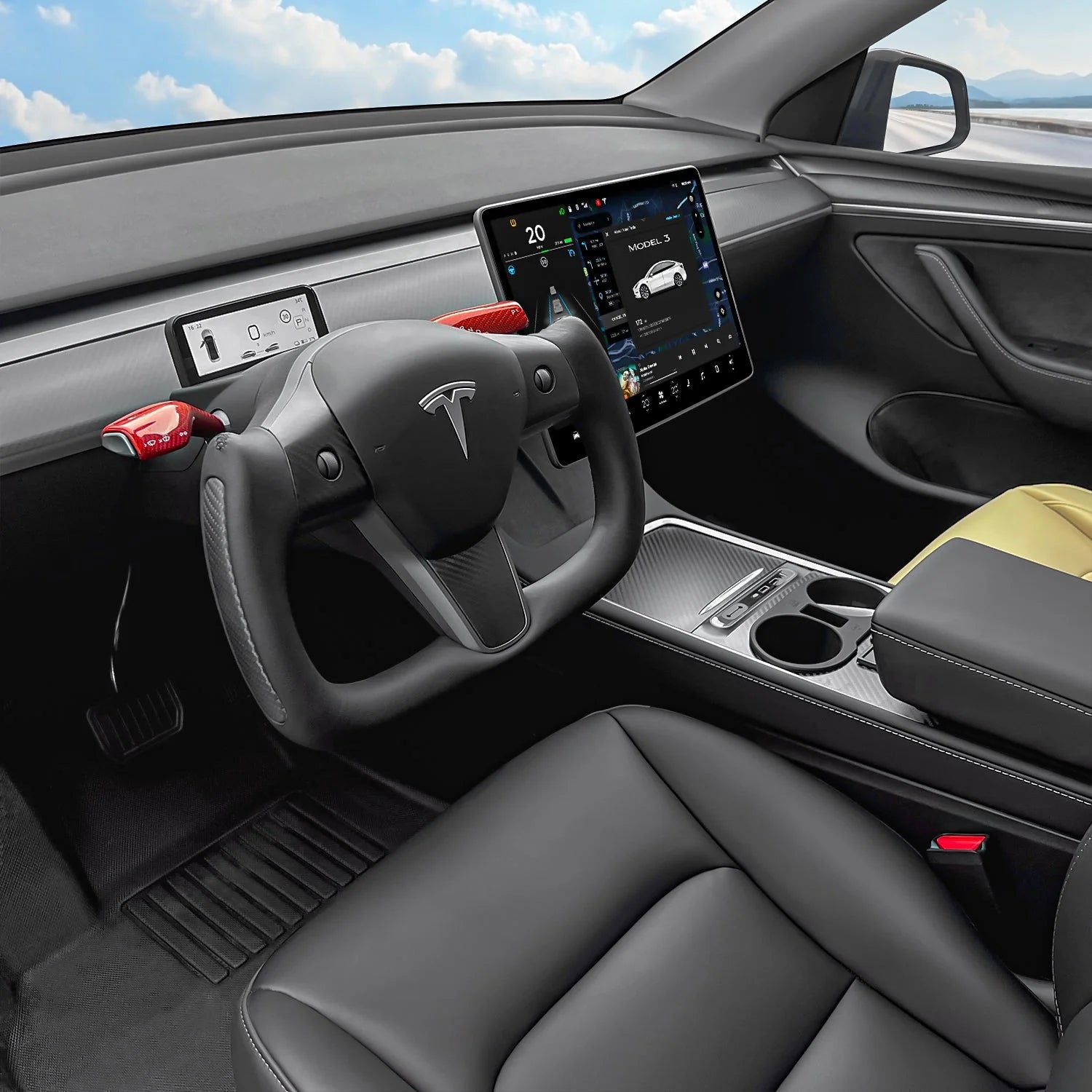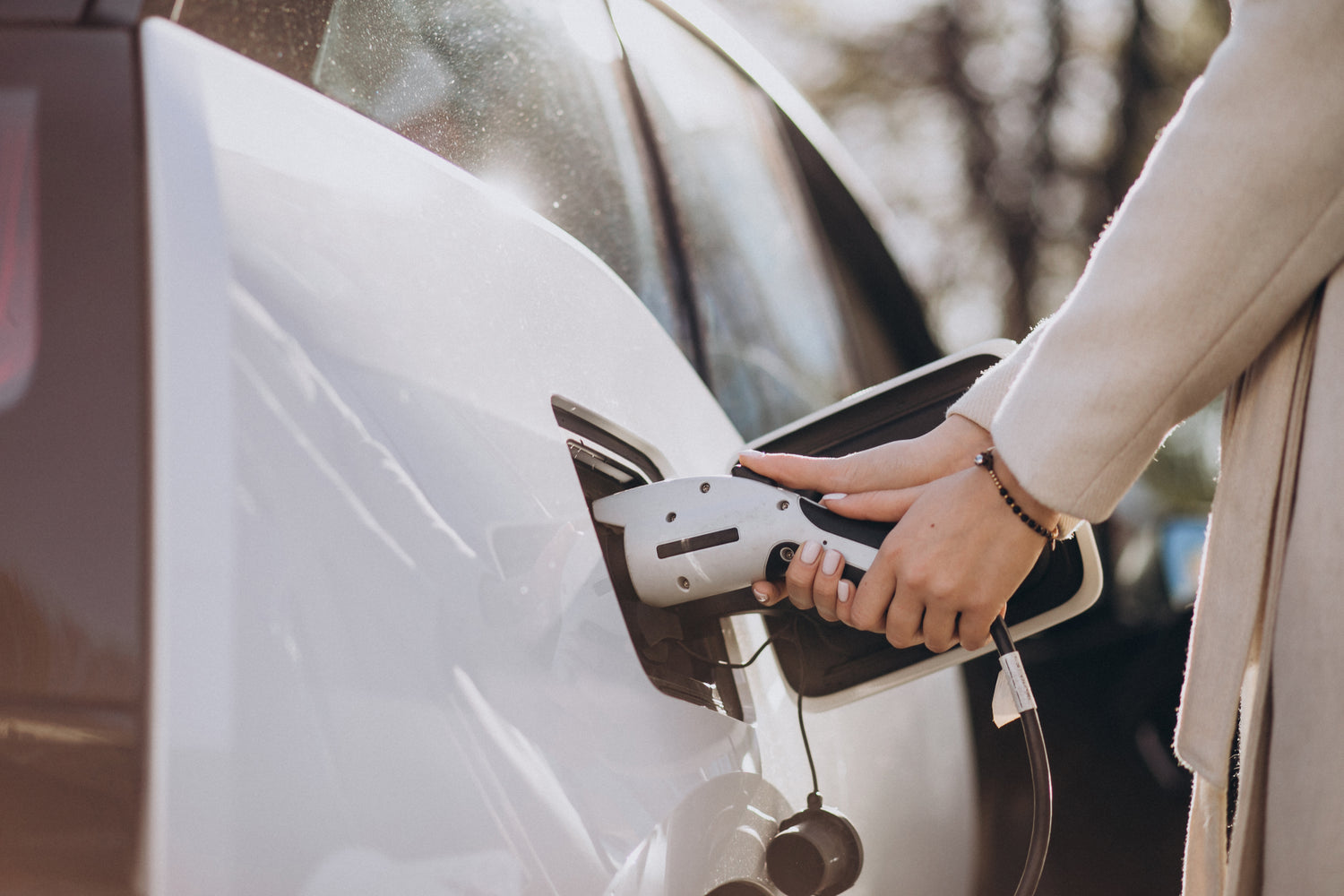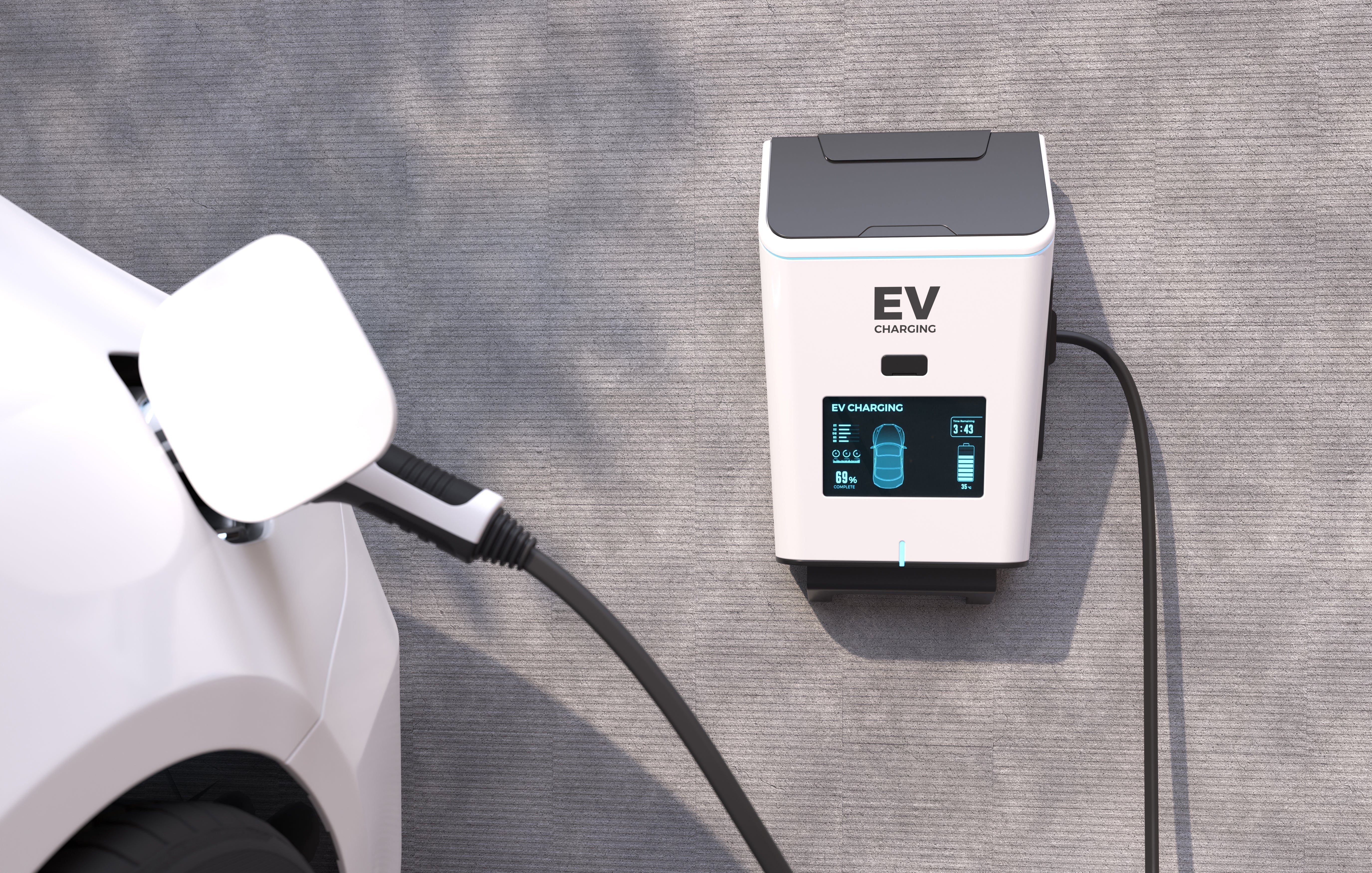Возможно, вы подумываете о приобретении электромобиля, но опасаетесь, что его цена слишком высока по сравнению с зарядными станциями в вашем районе. Что ж, вы не одиноки. На самом деле, многие люди полюбили электромобили за их пользу для окружающей среды и экономичность, но не знают, с чего начать поиск.
В этой статье мы рассмотрим 5 основных государственных программ стимулирования внедрения электромобилей.
Мы подробно расскажем вам об этих стимулах, чтобы вы могли понять, что такое внедрение электромобилей, и с удовлетворением от перехода на экологически чистый транспорт.
Итак, начнем.
Почему правительства стимулируют внедрение электромобилей?
То есть, политика правительств многих стран мира сейчас направлена на то, чтобы побудить людей к выбору электромобилей (EV) по какой-либо веской причине. Одна из таких причин заключается в том, что электромобили более... экологически чистыйТо есть, они способствуют сохранению окружающей среды, помогая сократить выбросы парниковых газов от традиционных автомобилей.
Конечно, следует отметить, что, поскольку электромобили не выделяют таких опасных газов, их использование может способствовать решению проблемы изменения климата.
Это также способствует снижению загрязнения в городах. В принципе, у электромобилей нет выхлопных труб, и в отличие от обычных автомобилей, которые выбрасывают загрязняющие вещества, они не загрязняют окружающую среду, поэтому воздух может быть небезопасен для дыхания. В этом случае, следовательно, правительства, продвигающие электромобили, могут сделать города чище с точки зрения здоровья.
Правительства также стремятся уменьшить зависимость от импортной нефти и продвигают электромобили, чтобы использовать больше электроэнергии, производимой внутри страны, для транспорта. Это также способствует независимости стран и снижает их зависимость от международных цен на нефть.
В заключение можно сказать, что правительство оказывает значительную поддержку движению за развитие электромобилей, и в целом оно считается полезным инструментом для снижения загрязнения окружающей среды и улучшения общественного здоровья, одновременно снижая уровень выбросов парниковых газов.Sзависимость от импортной нефти.
Теперь вы знаете что внедрение электромобилей Итак, давайте обсудим 5 государственных стимулов, которые способствуют распространению электромобилей.
5 государственных программ стимулирования внедрения электромобилей
Для дальнейшего стимулирования внедрения электромобилей правительства по всему миру приняли различные меры, направленные на то, чтобы сделать владение электромобилями более привлекательным и доступным.
Эти стимулы приносят пользу не только отдельным потребителям, но и способствуют достижению более широких экологических и экономических целей.
Снижение налогов:
Другие меры стимулирования, принимаемые некоторыми правительствами, включают снижение или освобождение от налогов на электромобили. Например, это касается налога с продаж, регистрационных сборов или даже дорожных налогов, которые должен платить потребитель. Более низкие первоначальные затраты при покупке электромобиля делают транспортное средство более доступным и привлекательным для потребителя.
Расширение сети зарядных станций:
Правительства также инвестируют в расширение зарядной инфраструктуры, что включает в себя добавление дополнительных общественных зарядных станций в городах или вдоль автомагистралей, или даже на общественных парковках. Таким образом, правительства смогут устранить одну из самых больших проблем. барьеры на пути внедрения электромобилей—Боязнь диапазона.
Сниженная или нулевая плата за парковку:
Среди других преимуществ, доступных в городах, можно отметить снижение или полную бесплатность парковки. Эта мера призвана способствовать снижению стоимости владения электромобилями, тем самым стимулируя людей использовать электромобили в городах с высокими ценами на парковку.
Инвестиции в НИОКР:
Например, государственная поддержка развития технологий электромобилей осуществляется в форме финансирования исследований и разработок (НИОКР). Финансирование должно направляться на создание новых и инновационных батарей, легких материалов и энергоэффективных компонентов.
Теперь им приходится нести расходы, связанные с такой государственной поддержкой в области исследований и разработок, которая позволяет электромобилям демонстрировать более высокие характеристики.
Налоговый вычет:
В-третьих, в других странах действуют иные налоговые льготы, позволяющие полностью снять с владельца электромобиля налоговое бремя, тогда как в США льгота предоставляется в размере, меньшем или равном стоимости установки зарядной станции для электромобиля или дома.
Налоговые льготы напрямую мотивируют людей покупать хорошо продуманные электромобили, а не обычные автомобили с двигателями внутреннего сгорания, с точки зрения экономии средств.
В целом, государственные стимулы играют важную роль в одном ключевом факторе: они способствуют увеличению распространения электромобилей.
Однако правительства по всему миру поддерживают сокращение выбросов, улучшение качества воздуха и повышение доступности, удобства и привлекательности транспортной инфраструктуры за счет внедрения эффективных транспортных решений.
Однако существуют некоторые потенциальные препятствия на пути внедрения электромобилей, о которых вам необходимо знать.
Какие потенциальные препятствия могут помешать внедрению электромобилей?
Часть стимулирующих мер объясняется убытками и попытками продвижения по службе, что свидетельствует о провале в плане внедрения электромобилей.
Некоторые из этих барьеров играют очень важную роль в преодолении и, безусловно, укреплении альянса в развитии новых, более чистых и устойчивых видов транспорта.
Тревога из-за диапазона движения:
Потенциальные покупатели электромобилей испытывают страх перед нехваткой заряда батареи, когда поблизости нет зарядных станций. Хотя ситуация с зарядной инфраструктурой в целом улучшается, в некоторых регионах она по-прежнему плохо развита.
Универсального стандарта зарядных устройств не существует:
Это может стать еще одним препятствием для распространения электромобилей. В настоящее время нет установленного стандарта для зарядки, и разные компании используют разные разъемы, пока их продукция еще не поступила в продажу.
Это значительно усложнило жизнь владельцам электромобилей, сделав поиск совместимых моделей очень трудоемким и сложным. станции зарядки электромобилейОсобенно это касается тех, кто приезжает издалека. Разработка стандартной универсальной системы зарядки могла бы помочь решить эту проблему.
Инфраструктура в городах:
Это также представляет собой серьезную проблему для его внедрения, поскольку фактическая зарядная инфраструктура, скорее всего, не будет создана и недоступна в городских районах.
В значительной степени эта проблема решается за счет государственных инвестиций, направленных на создание многочисленных сетей зарядных станций; однако, вероятно, этот процесс не будет развиваться такими же темпами, как распространение электромобилей на дорогах.
Другие установленные издержки также будут непомерно высокими до тех пор, пока дополнительные расходы на установку зарядных станций будут ложиться на плечи предприятий или муниципалитетов.
В каких странах самый высокий уровень внедрения электромобилей?
Поддержка, оказанная некоторыми лидерами в области внедрения электромобилей, оказала существенное влияние на распространение полностью электрических транспортных средств (ЭВ). Анализ также показывает, что в таких странах, как Норвегия, лидеры по распространению электромобилей заняли значительную долю рынка новых автомобилей, сравнявшись по этому показателю с самими Норвегиями.
В рамках так называемого «коктейля» щедрых стимулов страна освободила автомобилистов от любых налогов, предоставила скидки на проезд по платным дорогам и бесплатную парковку, а также развернула хорошо продуманную инфраструктуру для зарядки электромобилей.
К числу других стран, где продажи электромобилей также занимают значительную долю на рынке новых автомобилей, относятся Исландия, Швеция и Нидерланды.
Все это послужило толчком к реализации различных инициатив на национальном уровне, включающих пакет стимулов и мер по стимулированию владения электромобилями и автомобилями с возможностью подзарядки от сети, в том числе налоговые льготы, предоставление полос для автобусов и инвестиции в инфраструктуру, в частности, в строительство зарядных станций.
Заключительные слова
Итак, если это место, где мы сможем внедрить правильные стимулы и политические структуры повсеместно, то это позволит очень быстро продвинуть электромобили на дороги общего пользования.




